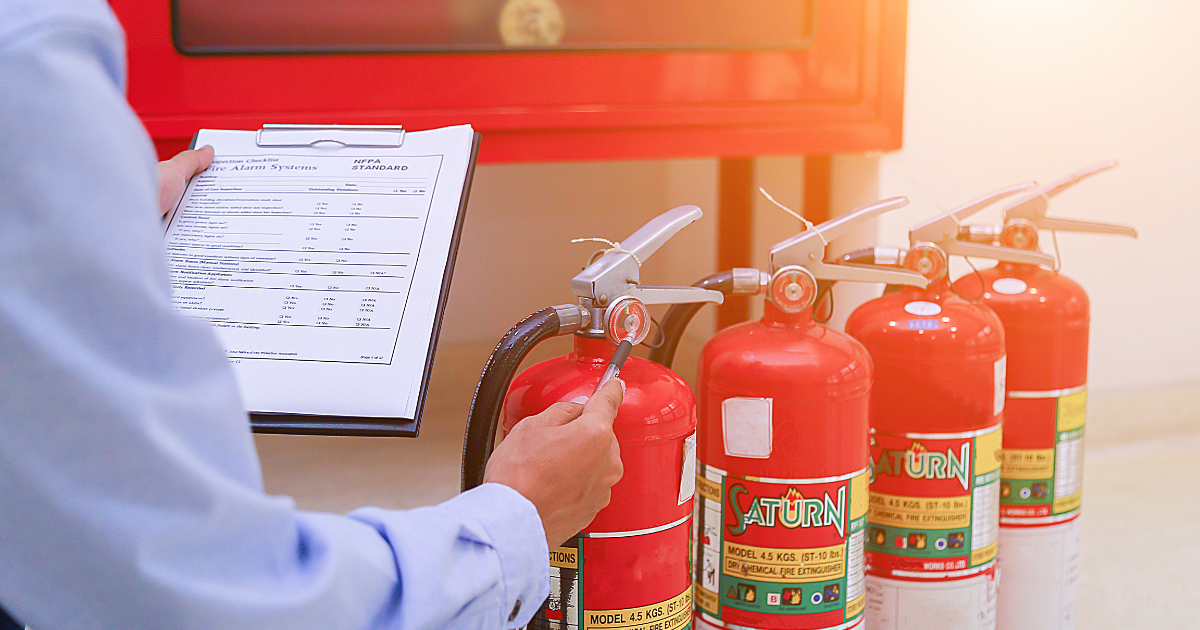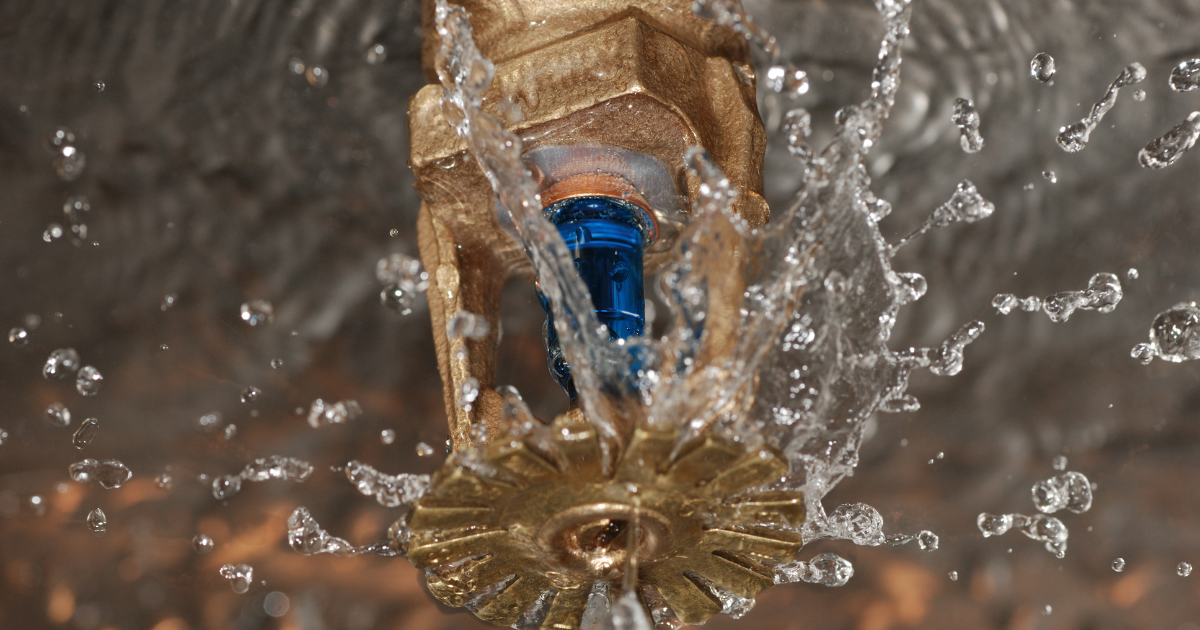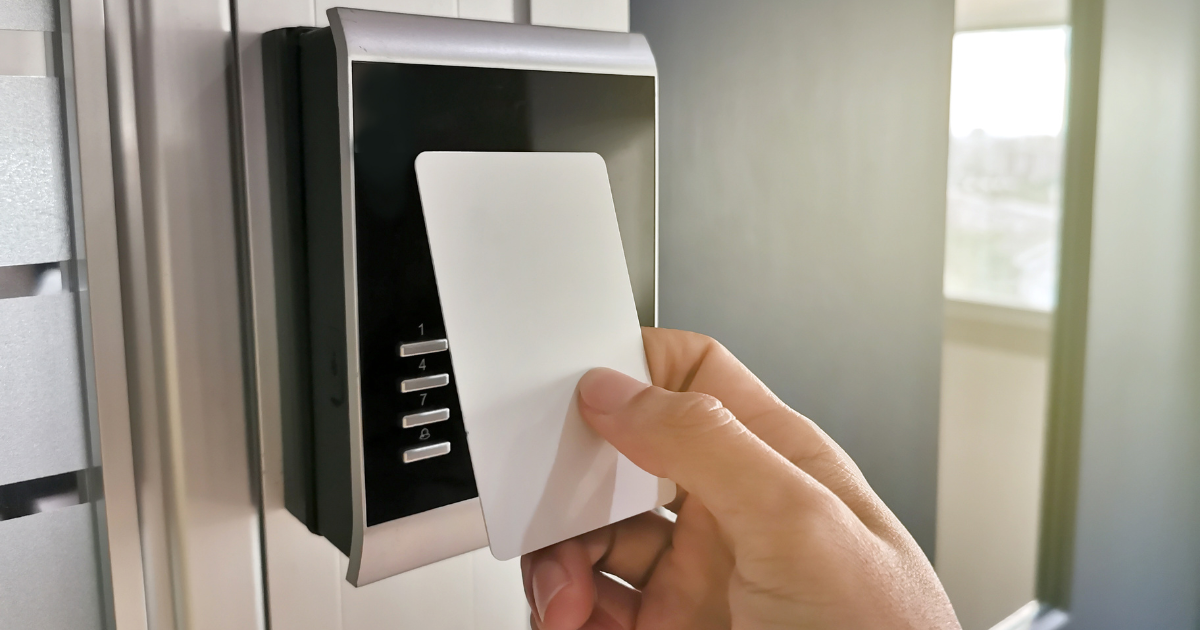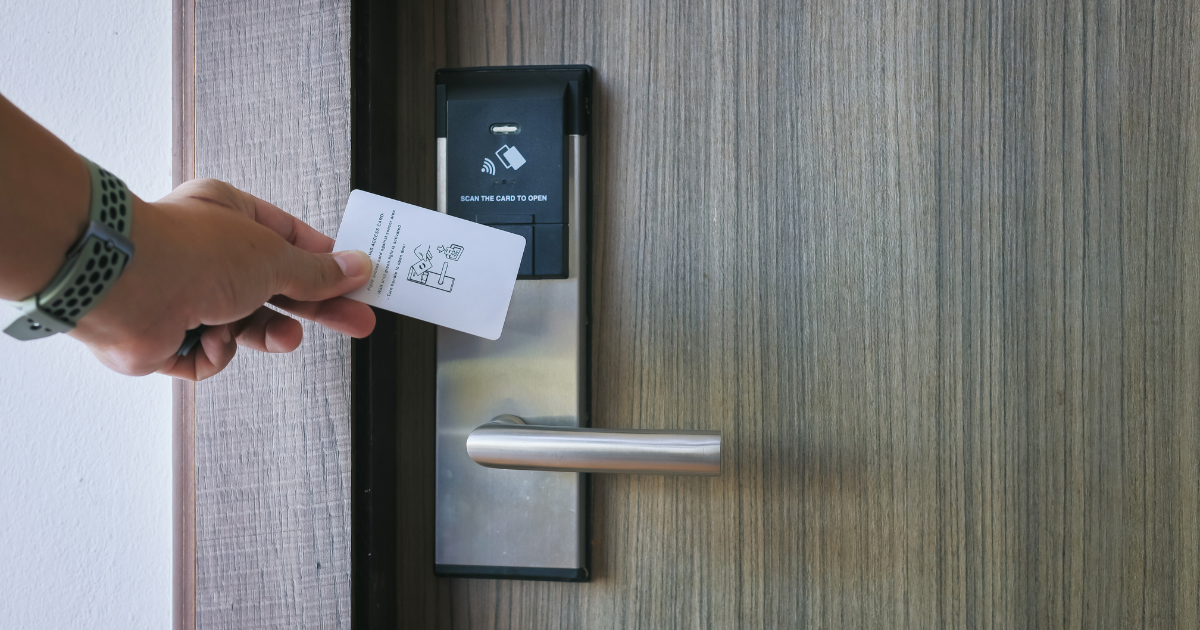A home fire extinguisher contains sodium bicarbonate (baking soda) that releases carbon dioxide when it is hot. It works by depriving the flames of oxygen and breaking the chemical reaction that sustains small fires.
In 2020, there were reports about home fires every 89 seconds. Installing the right fire extinguisher helps protect many lives and prevent property damage.
This article explores how you can use a fire extinguisher when it becomes necessary in your home.
A Guide to Extinguishers: National Fire Protection Association (NFPA) Classification
The NFPA classifies primary fire extinguishers into five categories: A, B, C, D, AND K.
- Class A is for ordinary combustibles, such as wood, paper, rubber, and some plastic valves.
- Class B extinguishers are for flammable liquids, cooking oil, gasoline, alcohol, petroleum grease, tar, any dry chemical, and flammable gasses.
- Class C types are the best fire extinguishers for fighting energized electrical equipment fires. They contain agents that do not conduct electricity.
- Class D is for combustible metals, such as sodium, magnesium, titanium, lithium, etc.
- Class K extinguishers are for incidents in commercial kitchens involving combustible cooking media such as animal fats.
The source of the flames will determine the extinguisher’s effectiveness. A class D UL-rated type won’t be the best fire extinguisher for an electrical fire.
Fire Safety Guidelines
You should first alert your local fire department immediately if you see smoke. They have to inspect the site and examine you for carbon monoxide poisoning. This procedure below describes what you can do before they get there.
How To Identify an Exit

Many people have died from carbon monoxide poisoning because they couldn’t escape after a failed attempt at stopping what started as a small fire. Find an exit before you do anything.
Always face the flames with your back to the exit point. Ensure that you keep your distance while you operate the extinguisher.
How To Use An Extinguisher

It is difficult to think straight in an emergency, especially when surrounded by smoke. The fire safety acronym PASS helps you recall how to use the extinguisher under pressure.
- P: Pull the pin on the extinguisher.
- A: Aim the nozzle at the base of the fire.
- S: Squeeze the handle to discharge the extinguisher. Check the pressure gauge and hold it firm to prevent accidental discharge.
- S: Sweep the nozzle back and forth, aiming at the base of the flames. Do this until they die out.
Continue watching the combustion area to ensure it doesn’t reignite. Flammable liquids and electrical wires are likely to do this. Repeat the PASS steps if it does.
What Type of Extinguisher Is Best for Home Use?

ABC extinguisher brands are best for homes. Their extinguishing agent combines properties from the different classes, making it perfect for electrical and kitchen fires.
[Read: Annual Fire Extinguisher Inspection Checklist for Your Home]
Is it Worth Having a Fire Extinguisher at Home?
Having home fire extinguishers help you tackle flames in their early stages. This helps to minimize the loss of life and damage to properties.
When buying an extinguisher, ensure the tamper seal is intact. Check for registered trademarks and verify the expiration date.
Search their manufacturer websites for more information to help you establish their quality.
[Read: 4 Essential Fire Prevention Equipment to Keep in Your Home]
How Many Fire Extinguishers Do You Need for Home?

Every home should have at least one rechargeable fire extinguisher. Ideally, there has to be one in every room. You might also want to add supplementary ones for specific locations.
What you use for Class B fires in your garage will differ from the one you use for electrical fires. A kitchen fire extinguisher won’t fight grease fire well but will kill Class C fires in no time.
How Can You Make Your Home Safe?
It should be very clear that having a fire extinguisher does not guarantee that an emergency situation will not arise. Knowing how to use your fire protection equipment is a must. Regularly recharging and inspecting the extinguishers will also ensure you that they are working properly when you need to use them.
B&W Fire Security Systems has helped the people of Arizona to keep their loved ones and assets safe for over 30 years. Our fire protection services include inspection, installation, repairs, and maintenance of fire security systems and smart products.




